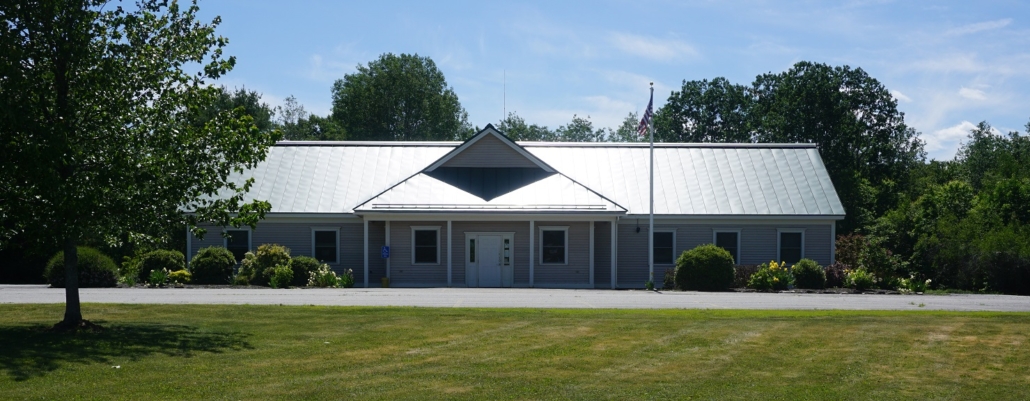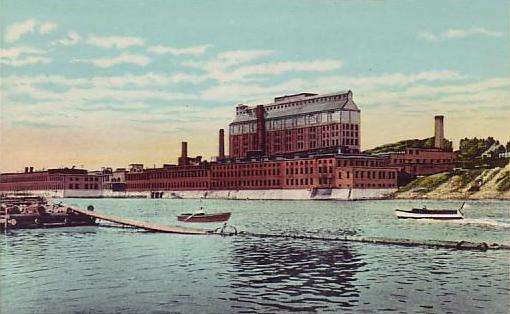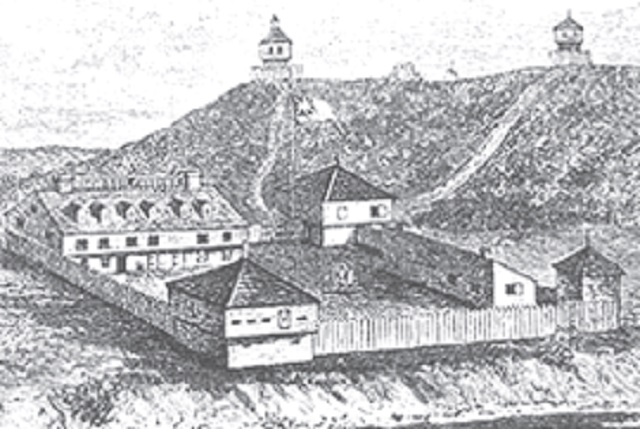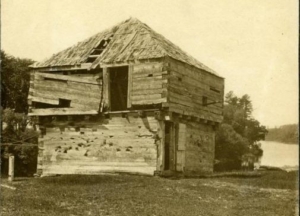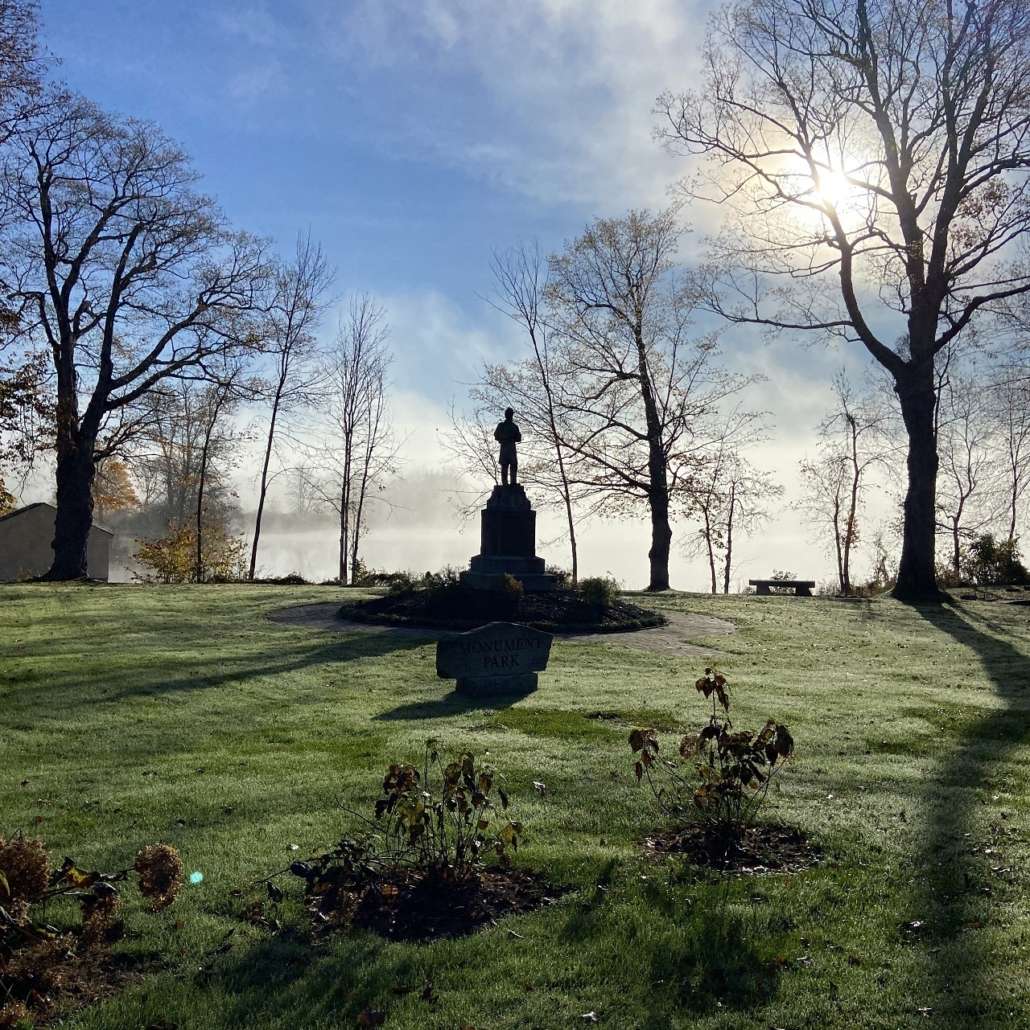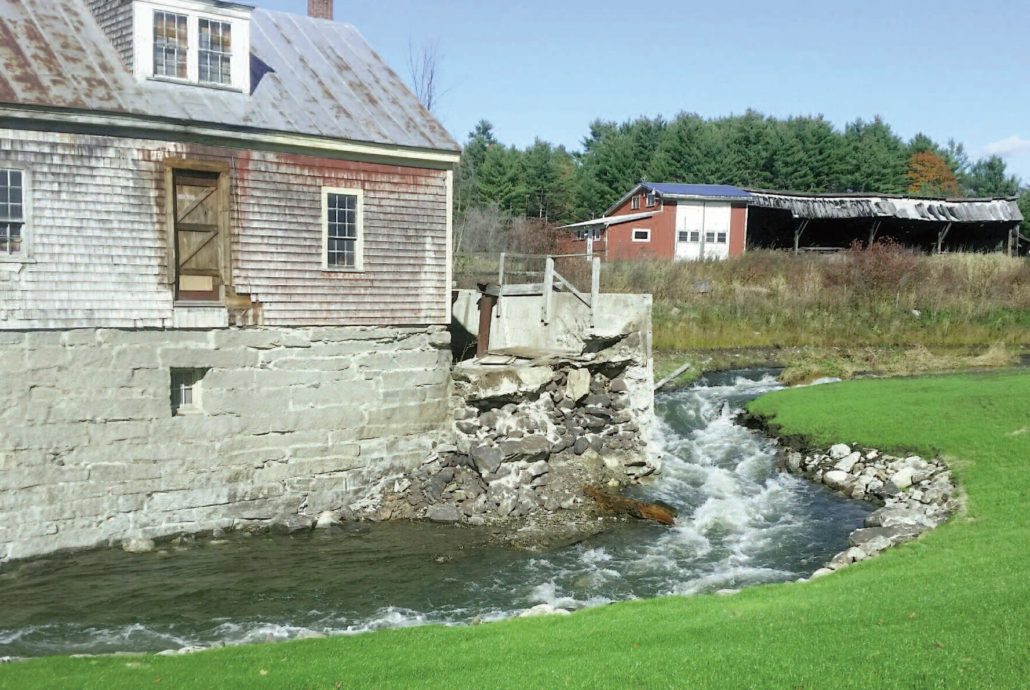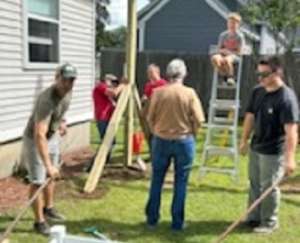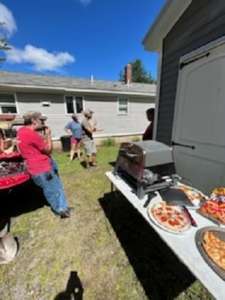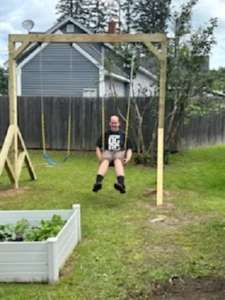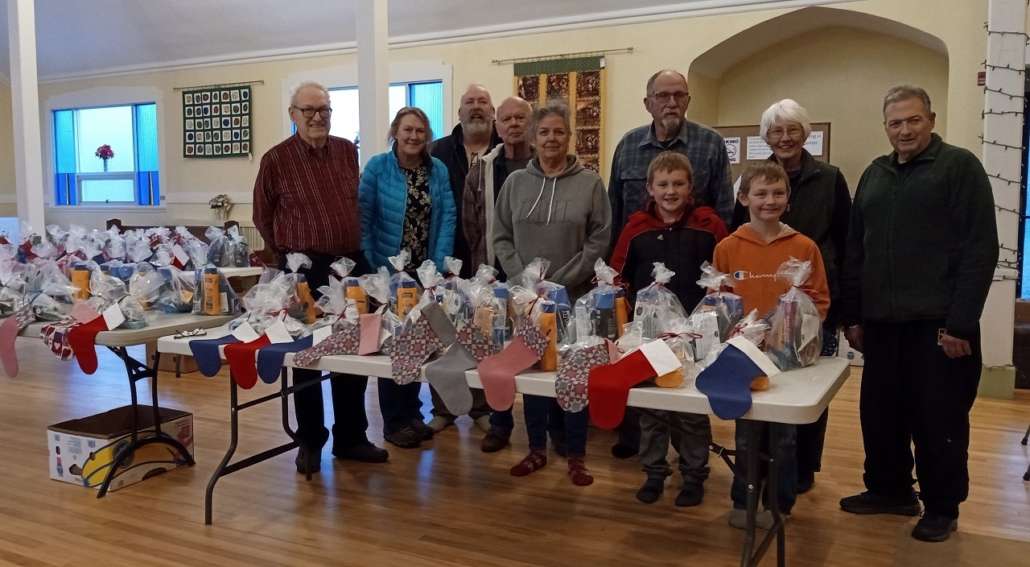Vassalboro board members consider amendments to marijuana ordinance
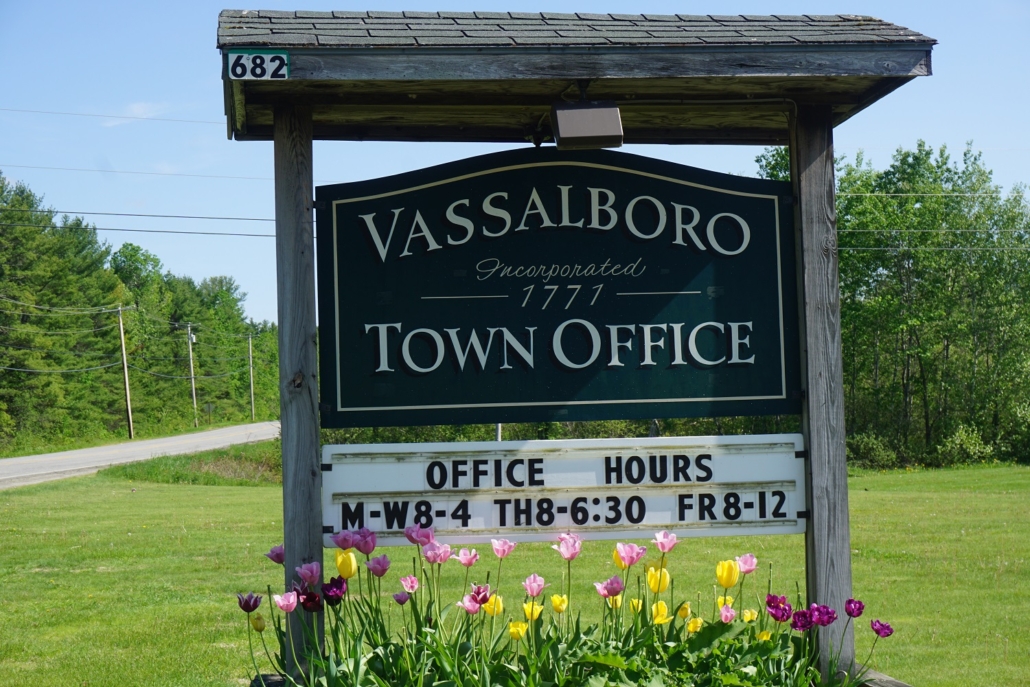 by Mary Grow
by Mary Grow
Vassalboro select board members have made progress toward livestreaming and recording their meetings. The Jan. 11 meeting was at least partly covered. Michael Picher donated the camera. David Trask provided technical support. Brian Lajoie helped with installing television screens and running wire. The selectboard was responsible for the directive and helping in coordinating with Picher and Trask.
Board member used three-quarters of an hour at the meeting to consider possible amendments to the town’s marijuana ordinance.
Board chairman Chris French’s goal is an updated ordinance that will provide more information and more income from fees to cover town expenses. He’d like to have it ready for voters’ action at the June town meeting.
As French explained the situation, there are two kinds of legal marijuana-growing operations in Vassalboro. Eight are grandfathered commercial operations, predating the town’s June 2021 Marijuana Business Ordinance. The rest are facilities whose adult plants cover an area of less than 500 square feet.
The 2021 ordinance says: “Marijuana Businesses shall be prohibited in the Town of Vassalboro unless they were in lawful operation or had received site plan or building permit approval for the use prior to the Effective Date of this Ordinance.”
That sentence means Vassalboro voters decided to prohibit any new commercial marijuana growing facilities. Planning board member Douglas Phillips, from the audience, repeatedly reminded select board members not to dispute the voters’ will, and they denied any such intention.
The second type of marijuana business in Vassalboro is limited to less than 500 square feet of adult plants, or fewer than 30 adult plants. These facilities, French said, are allowed by state law; and owners are allowed to sell their products, up to a state-specified limit, to licensed medical marijuana caregivers.
In French’s interpretation, the town cannot deny what the state authorizes. However, he would like town officials to have more information, like where such facilities are located, and recommends requiring a town permit through the planning board.
The topic will be revisited at a future meeting.
Town adopts new policy on remote public participation
At their Jan. 11 meeting, Vassalboro select board members adopted a new town policy titled “Remote Participation in Public Proceedings Policy.”
Referencing the state Freedom of Access law, the policy applies to “public proceedings or meetings” of all town boards and committees. It defines conditions under which a member of a board or committee may be allowed to participate remotely.
Whenever “any member of the body participates via remote methods,” members of the public will have the same opportunity.
If public comment is allowed, it is to be open to remote attendees as well as those present in person.
In an “emergency or urgent situation” a board or committee may hold a meeting entirely by remote means. In such a situation, all votes will be by roll call, visible and audible. Public attendance may also be limited to remote participation.
The policy describes how to give public notice of meetings. It says documents and materials being discussed are to be made available to remote public attendees equally with those present in person, “provided no additional costs are incurred by the body.”
A copy of the policy will be available on the Vassalboro website.
A second major topic Jan. 11 was how to use remaining ARPA (American Rescue Plan Act) funds. Town Manager Aaron Miller said the account has $84,705 left, some of it authorized for projects not yet completed.
Board members considered four proposals.
They returned to the idea of emergency generators to keep town facilities operating during power outages. Miller said the one person who responded to the request for cost estimates for the town office told him an order for several generators would reduce the price of each.
After discussion, board members asked Miller to get a price for generators for the town office, the Riverside fire station and the food pantry building. They plan to review the result at their first February meeting.
Miller recommended security cameras for town facilities. Board members waived the procurement policy and authorized Miller to spend $12,400 for security cameras.
A third proposed ARPA-funded project is replacing the elderly gasoline and diesel fuel pumps at the town garage. Miller said they are used for public works equipment, gasoline-powered school buses, the police vehicle and fire trucks.
The manager said he had one price quote and hoped to get at least two more. Select board members did not object.
Board members approved another $1,150 from the ARPA account to finish updating lights at the Vassalboro Historical Society building, the former East Vassalboro schoolhouse.
Looking at finances more broadly, Miller presented a summary financial report for the first half of the 2023-24 fiscal year. Neither he nor board members saw any problem areas.
Miller announced that Joshua Barnes is Vassalboro’s new animal control officer. Barnes holds the same position in China, he said.
During the Dec. 18 storm and following power outage, Miller said 86 people came to the new town warming center at Vassalboro Community School. He and Superintendent Alan Pfeiffer are satisfied; they would like to train more emergency volunteers. Interested residents are invited to contact the town office.
The next Vassalboro select board meeting is scheduled for Thursday evening, Jan. 25.


